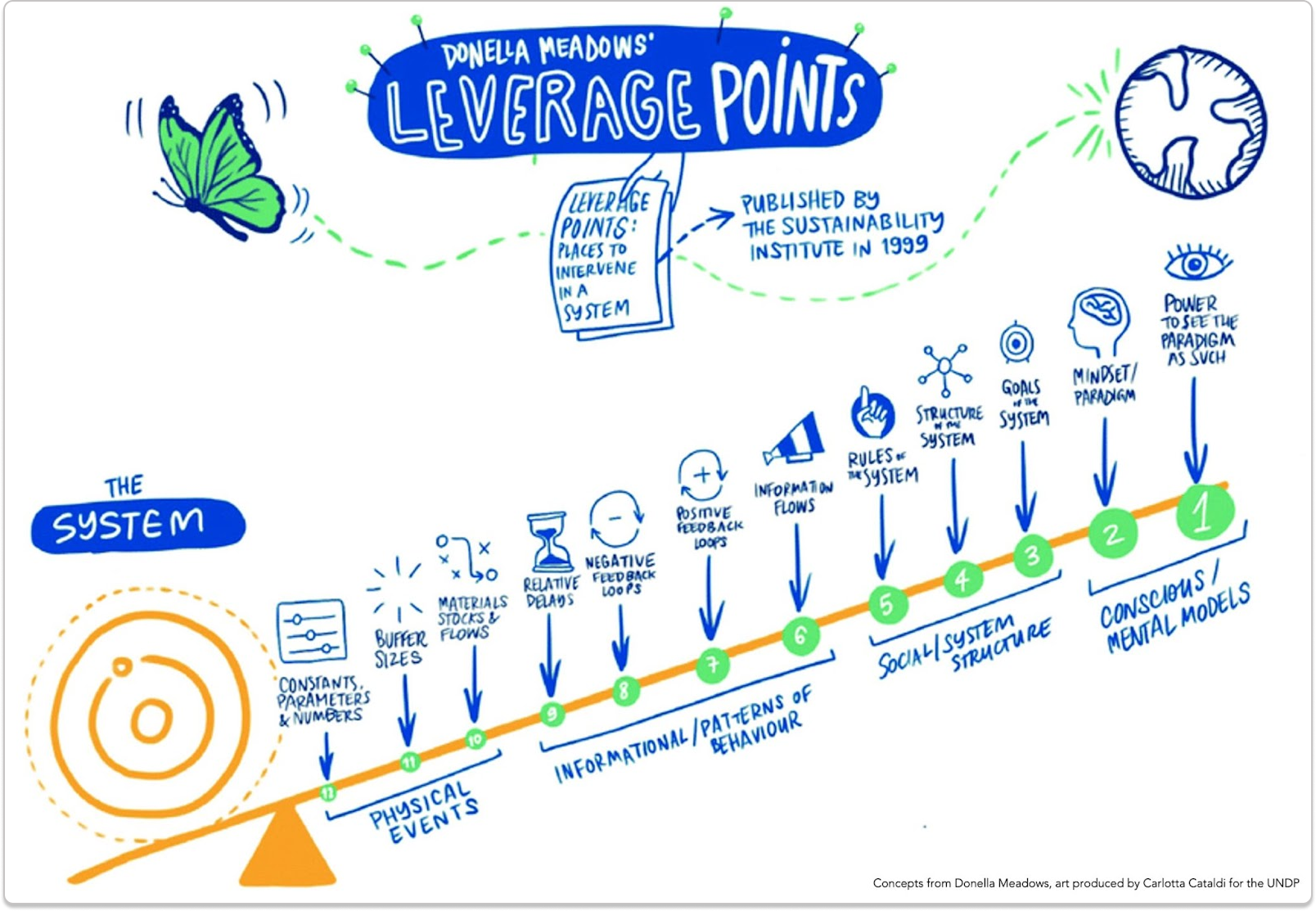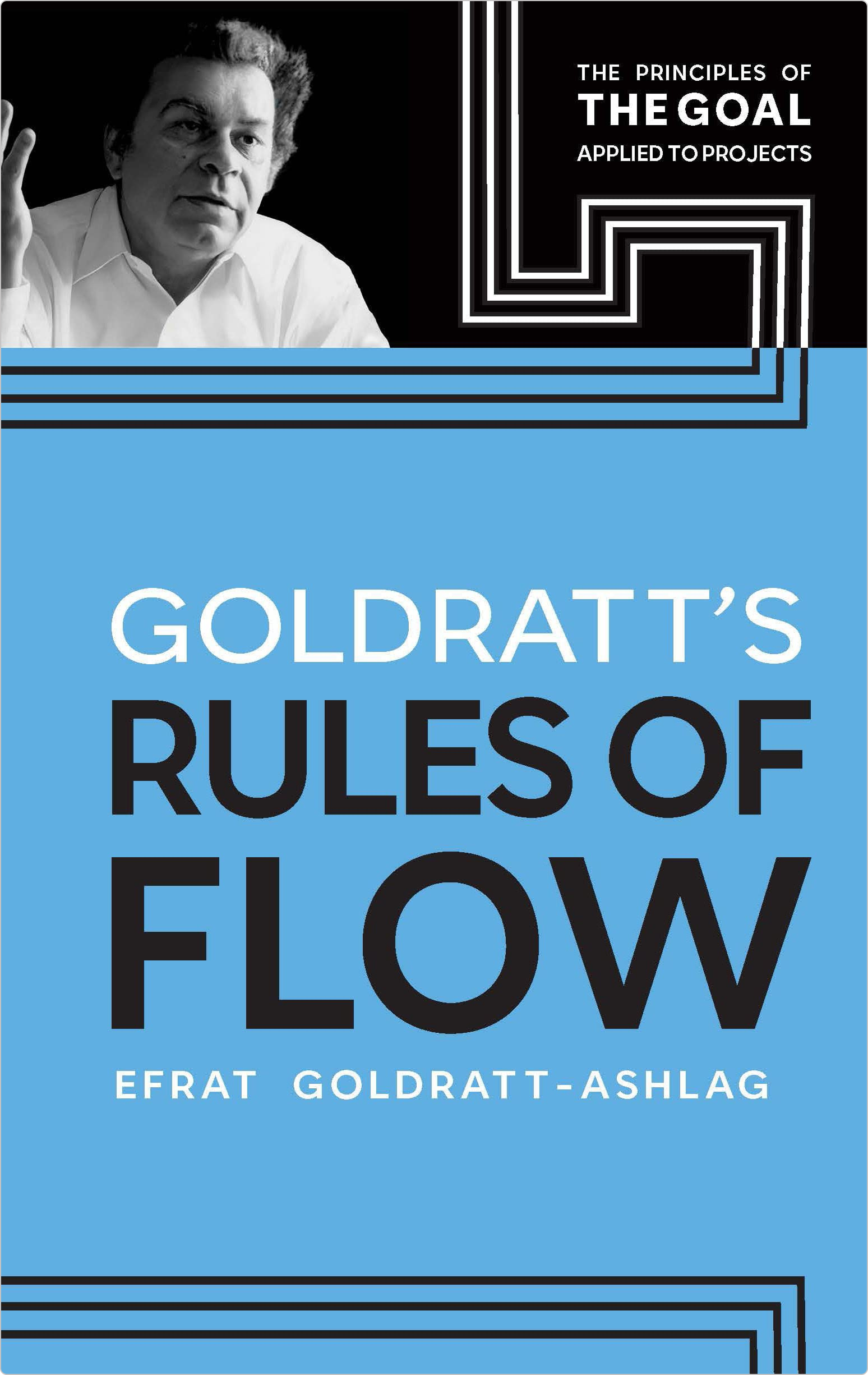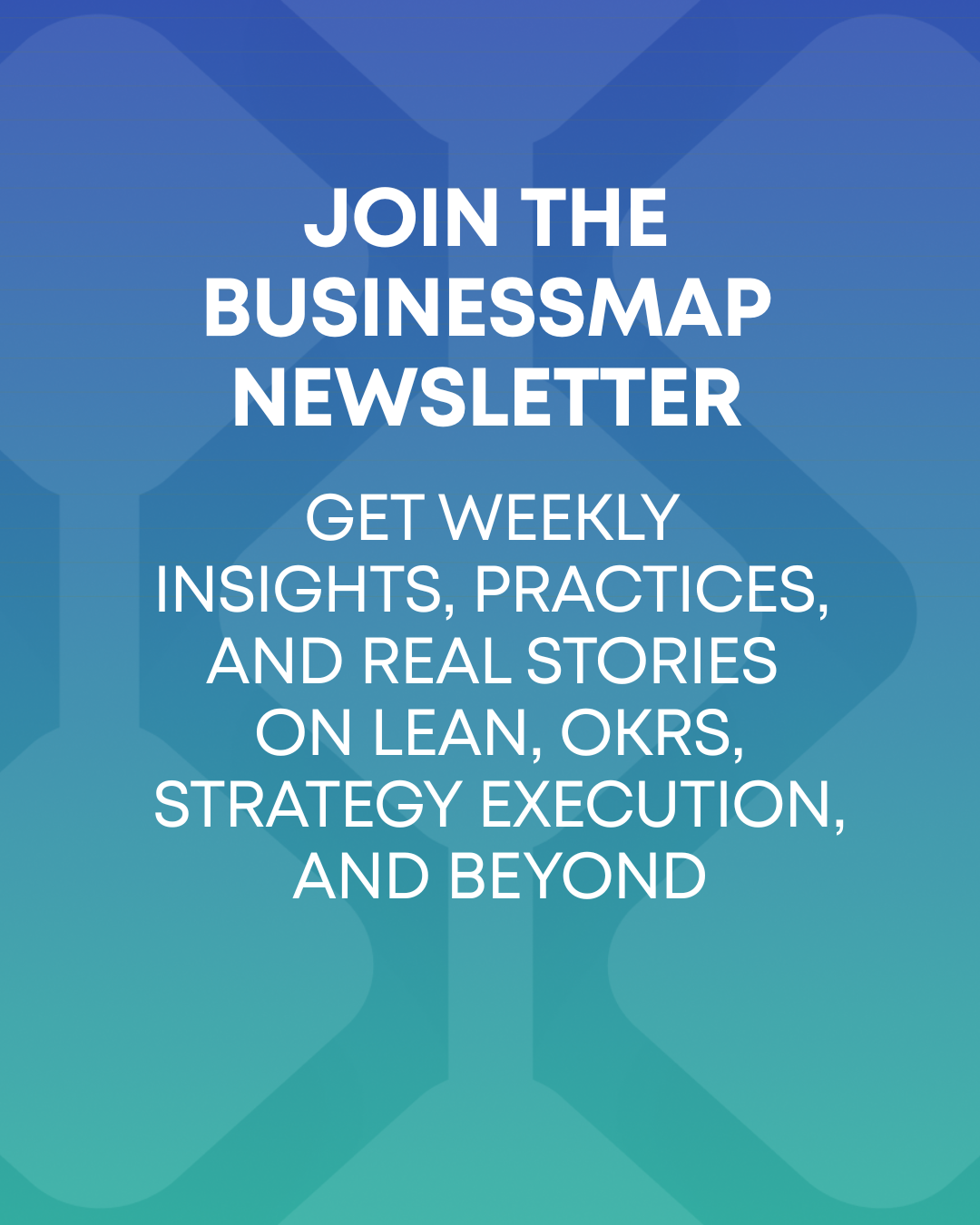If Everything Is Clear, Something Is Missing
The inception phase is the cornerstone of any successful project, and trying to improve and make more efficient the way we work is also a project. More often than not, we as consultants face the eternal dilemma of doing versus thinking, achieving quick results versus striving for sustainable outcomes. It is, indeed, a valid and ongoing challenge influenced by variables such as deadlines, resource constraints, and organizational dynamics. Yet, our responsibility extends far beyond making money. It is our duty to clarify the real boundaries, illuminate the blurry ones, and clearly define which tensions we will confront and strategically stretch to drive meaningful progress.
The inception phase also needs to bring information regarding which kind of motivation and leverage point are we trying to address within the context that we are moving on. And finally, among other things it also needs to cover which kind of change or transformation initiatives we are going to deal with in terms of structure, resources and time.
Those three key points that tend to view change process management from another perspective are the tips that we want to cover in this article, so let’s start.
Tip 1. Boundaries: Understanding the Landscape
When we attempt to help change processes with the intention and goodwill of making them better, success often hinges not on tools or methodologies but on something far more fundamental: the clarity and honesty of the inception phase. Before rushing into action plans, new Kanban boards, Flow cadences, team configurations or metrics, it is crucial to take a step back and conduct a thoughtful, truthful, and consensual analysis of the situation. This foundation - where real boundaries are identified - sets the stage for meaningful progress and sustainable outcomes.
What is a boundaries map? Basically, it involves answering four key questions collaboratively with all the actors and stakeholders:
1. Which are the structural, political, and other boundaries that we believe we know and within which we can work?
2. Which are the boundaries that we dare to stretch and provoke?
3. Which are the boundaries that we would truly want to break?
4. Which are the boundaries that we have decided not to cross?
Boundaries help delineate what is inside and outside any project’s scope, providing a clear structure for action. At the same time, identifying and articulating tensions - the push and pull forces within the system - is crucial for setting realistic expectations. Any change process requires playing with those tensions but always in a safe space.
The boundaries map is not a one-shot exercise; it is an ongoing process. We will know it is effective if it evolves progressively as we uncover new boundaries and tensions while advancing in the change project.
Boundaries prevent the project from becoming unmanageable. They:
● Focus attention on what truly matters.
● Allocate resources effectively by prioritizing.
● Ensure accountability by defining roles and responsibilities clearly.
● Can effectively delimitate the leverage points by thinking systematically.
However, boundaries are not rigid walls. They are guideposts that evolve as new insights emerge.
Tip 2. Insights from Donella Meadows: Leverage Points
To elevate change process management beyond a tactical approach, it is essential to connect identified boundaries to systemic leverage points—a concept popularized by Donella Meadows. Leverage points are places within a complex system where small interventions can lead to significant, transformative shifts.
 Image Credit: Meadows' Leverage Points
Image Credit: Meadows' Leverage Points
Some of Meadows’ leverage points that align with change processes include:
● Goals and Purpose: Ensuring that the purpose of the change aligns with the broader organizational vision. Are we solving the underlying problem, and does it connect to what truly matters?
● Feedback Loops: Establishing mechanisms to learn and adapt throughout the change process. Are we creating spaces to reflect and make course corrections?
● Paradigm Shifts: Challenging entrenched mental models and assumptions. Are we open to redefining the way we approach constraints and success?
By integrating leverage points into change processes, organizations can create strategies that not only address immediate challenges but also build long-term resilience and adaptability within their systems. Combining systemic leverage points with the boundaries map provides an actionable framework:
We can focus on emphasizing different leverage points depending on which question from the boundaries map we are addressing.
Tip 3. Goldratt's Rules of Flow in Change Process Management
We discover, challenge, and push boundaries. We think strategically about leveraging these boundaries, but what else? If you haven't read the fantastic book titled The Rules of Flow by Efrat Goldratt, now is the time. If you have already read it, I encourage you to revisit it with a focus on change process management and viewing initiative changes as projects that coexist alongside other organizational efforts.
 Image Credit:Goldratt's Rules of Flow
Image Credit:Goldratt's Rules of Flow
In our pursuit of quick wins, we often forget the real boundaries or push leverage points so far that changes eventually reverse. Additionally, in our rush for results and grappling with the ever-present "lack of time," we launch initiatives that need to coexist within the current context but fail to dedicate sufficient time to give them the deeper consideration they deserve.
What kind of change initiative are you dealing with?
● Does it require significant integration and collaboration while addressing missing information?
● Is it one of those initiatives where people often get stuck, repeatedly solving the same issues?
● Does it demand the protection of due dates to ensure successful delivery?
No spoilers here, but The Rules of Flow offers practical tips and solutions for each of these scenarios, guiding you through the intricacies of managing change effectively.
The Bottom Line
In managing change processes effectively, embracing complexity rather than oversimplifying it is the real challenge. We can transform how organizations approach change by clarifying boundaries, identifying systemic leverage points, and continuously challenging our mental models.
Success is not just about achieving quick wins but about fostering resilience, adaptability, and meaningful progress that aligns with the broader vision.
The next time you embark on a change initiative, ask yourself: are you addressing the real boundaries and tensions, or merely following a predefined path? Change, after all, thrives in spaces where thoughtful strategy meets dynamic execution.
Businessmap is the most flexible software, helping your company gain visibility across all projects/portfolios, align on goals, and deliver quality work faster.

Manu Martín Valcárcel
Founding Partner. Organizational Consultant
Manu Martín is a seasoned advisor specializing in leadership development and organizational efficiency with a robust background in organizational consulting, project management, change management, and HR. With expertise in managing organizational work systems and a firm grounding in modern agile frameworks, he collaborates closely with businesses to align strategy, operations, and team dynamics.



